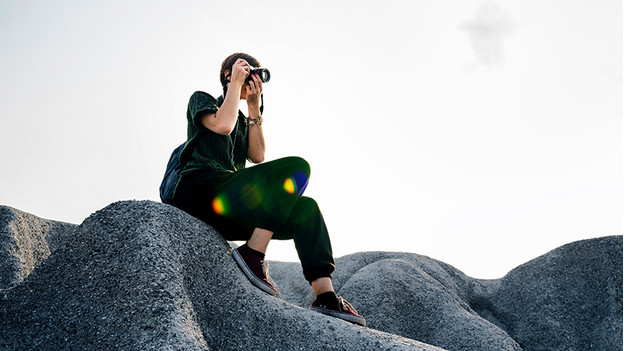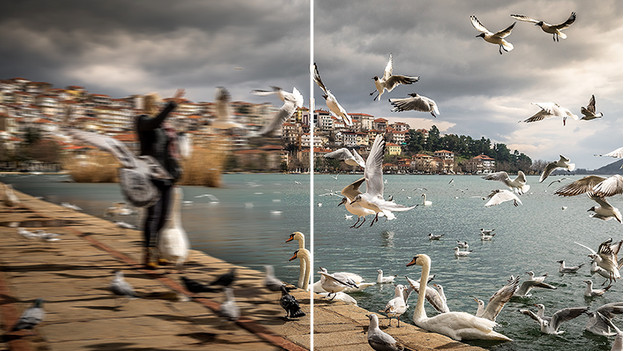
What's the difference between optical and digital image stabilization?
What's image stabilization?

Image stabilization is a technology with which the camera corrects motion blur due to small movements of the camera. If you accidentally tap your camera while you make a photo, the image stabilization prevents a blurry photo. That's useful if you work with a longer shutter speed when you take photos by hand. With some cameras, the image stabilization is in the camera body. But this technology can also be in the lens.
What's optical image stabilization?

There are different types of image stabilization. Optical image stabilization is the most common form. Sensors in the lens or the body detect movements of the camera. As soon as they detect movement, they ensure that the optical elements in the camera or lens move along. This corrects the movement as much as possible. Large shocks are not absorbed by the optical elements. Only small movements such as hand vibrations are compensated with optical image stabilization.
What's digital image stabilization?

Some cameras have digital image stabilization. With digital image stabilization, the camera uses sensors to detect movements. When the sensors notice movement, the camera makes sure the recording is postponed slightly. It only takes a photo when the device is completely still. In addition, digital image stabilization sometimes also makes the photo sharper with software in the camera. You can often also do that with software programs on the computer.
Which type of image stabilization should I choose?

In general, optical and digital image stabilization work equally well. The quality of the image stabilization depends more on the quality of the camera in general. An advanced camera often also has an advanced image stabilizer. Sometimes, this is a combination of the optical and digital version. Also keep in mind that image stabilization in the lens is more accurate than an image stabilizer in the body. If you want to be really sure of a sharp recording, use a tripod.
Nice to know

Image stabilization requires a lot of energy from the camera, so you'll run out of battery faster. If you're on the road with your camera all day, it's wise to turn on image stabilization only when you need it. You should also turn off image stabilization when you're using a tripod. The image stabilizer is already active in that case, so keeping it on can cause unwanted vibrations. Some cameras recognize that they're on a tripod and switch off the image stabilization automatically.


